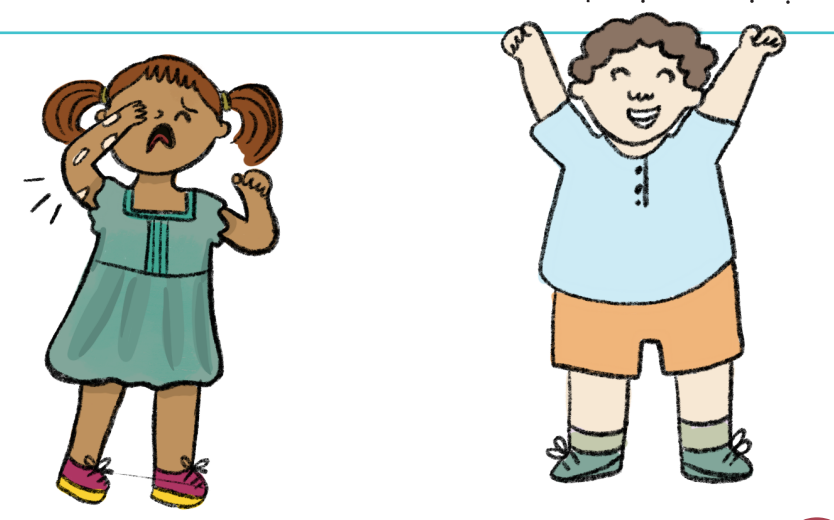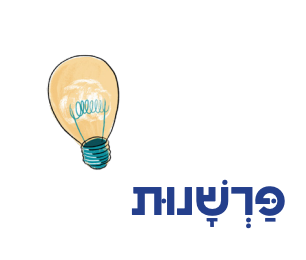Illustration Credit: Rebecca Kerzner

Commentary פַּרְשָׁנוּת
וְרָאָה הַכֹּהֵן וְהִנֵּה כִסְּתָה הַצָּרַעַת אֶת כׇּל בְּשָׂרוֹ
וְטִהַר אֶת הַנָּגַע
כֻּלּוֹ הָפַךְ לָבָן טָהוֹר הוּא׃
If the kohen sees that tzara’at has covered a person’s whole body, the kohen shall say that this nega is tahor (pure).
Having turned everything white, it’s tahor.
A little bit of white tzara’at makes a person טָמֵא (tamei, impure), but if their whole entire body turns white they are tahor. How does that work?!
A midrash (Tanhuma Hukkat) says this is an example of a strange law that can’t be explained. We just have to accept it, because God said so! But still, some of our פַּרְשָׁנִים (parshanim, commentators) have suggested explanations. Here are two.
R. Samson Raphael Hirsch (Germany, 150 years ago)
If the tzara’at spread all over a person during their quarantine time, that’s a sign that being in isolation made them lose all moral feelings. So calling this person tamei would not lead them to improve their behavior.
According to R. Hirsch, the purpose of isolating a person with a nega is only to give them a chance to reflect on their past behavior and make the decision to become better. But when tzara’at spreads over an entire body, that’s a sign the person will never learn or change their ways! So there’s no point in making them tamei.
- According to this, what does tum’ah really mean about a person? Would it be better to become tamei, or to remain tahor? Why?
- What’s good about having opportunities to improve? What’s challenging about those times? Why might it be bad to not have those challenges?
אוֹת הוּא שֶׁהֵחֵל לְהִתְעוֹרֵר לִתְשׁוּבָה.
It (turning entirely white) is a sign that the person began to wake up to do teshuvah (returning to God).
- If a person was already starting to do teshuvah, why would it make sense for them to not be considered tamei?
- What’s the purpose of tum’ah according to the Netziv and according to R. Hirsch?

-------------------
-------------------





